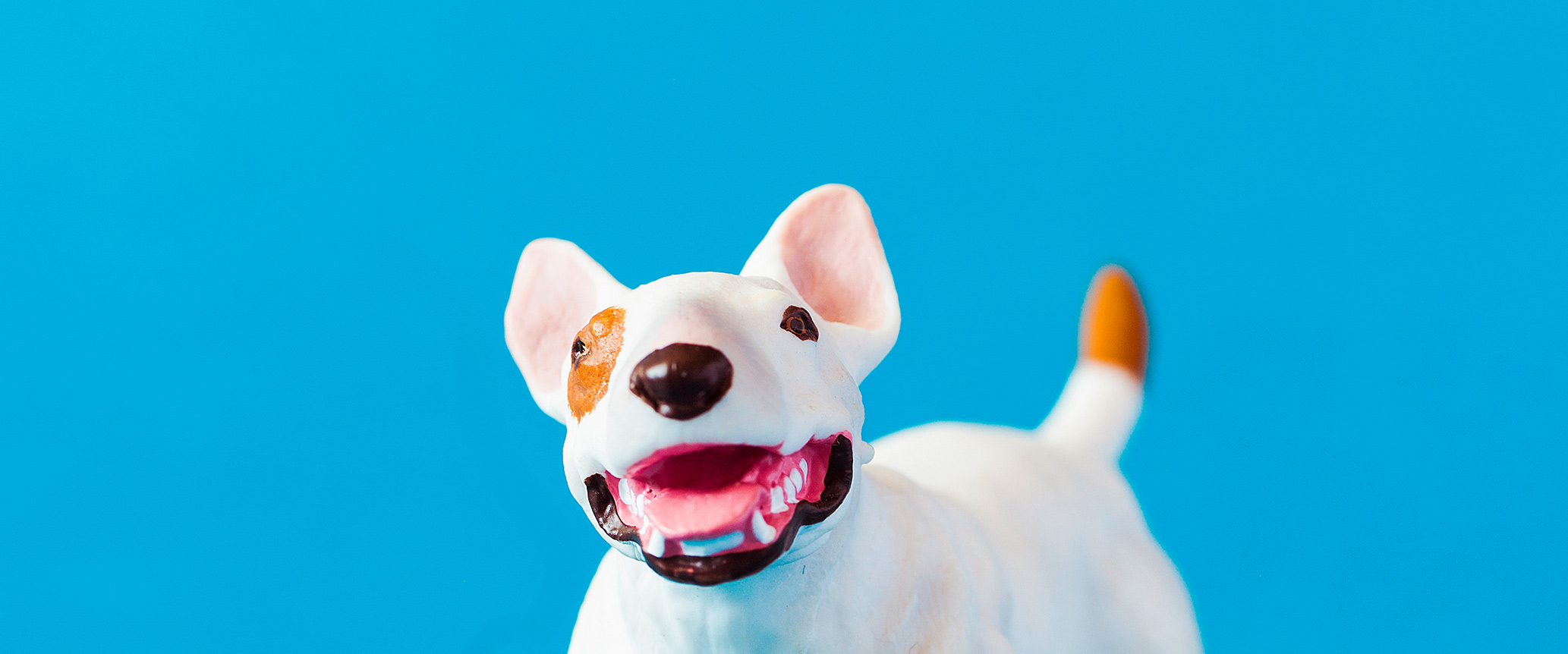
Heightened senses help man’s best friend negotiate the world
It’s evening. You relax on the sofa. Your dog lies at your feet or by your side, lazing away the hours. But is your pup having the same experience as you? Is time passing at the same rate for you both? What is your dog’s experience of time?
As a researcher of dog cognition””and a person who lives and shares sofas with dogs””I seek to understand how the world is perceived differently by this seemingly familiar animal, or by any nonhuman animal. We humans see, hear, and smell only a fraction of what there is to be seen, heard, or smelled, as other animals’ organs are tuned to different wavelengths, frequencies, and compounds than ours. Given their perceptual abilities, the very pace at which time passes is different for animals.
Consider how dogs see. We know that dogs’ vision is different than ours; in contrast to our trichromatic vision, they have dichromatic, two-color vision. Does it change how they sense time? The rate at which cells of mammalian eyes transduce light is called the flicker fusion rate. It’s akin to the number of “snapshots” of the world that the eye can take in every second. The human flicker fusion rate is about sixty hertz; we see anything above sixty “frames” per second as a smooth, continuously running image. Old movies took advantage of this rate to convince the eye that a series of still photographs was really a moving image. But slow those films down and we see the frames””a “flicker.”
The flicker fusion rate for dogs is around eighty hertz. For dogs, the old movie would appear as a sequence of still images. They see more frames per second, as if seeing a bit more of the world each second, and they see motion a split second faster. Your dog may be brilliant at catching a Frisbee or a cube of cheese suddenly tossed her way: she sees it before you do. Her seconds are fuller than ours.
Olfaction, the primary sense of dogs, may similarly change time, but on a larger scale. Highly attuned to odors that we cannot or simply do not notice, dogs perceive how the smell of a room changes throughout the day, as the room warms and air rushes to the ceiling. Stepping outside, the dog smells the past, in odors resting on the ground, as well as the future, in odors carried by air currents from down the street or across a river or field. What counts as the present moment for dogs is extended to include odors of events from both the past and times ahead. When you leave your dog at home for the day, he surely notices as the odors of your presence””as we always effuse our scent””gradually diminish. Once they have dimmed sufficiently, your dog knows it is time to expect you home.
As fixed and unwavering as time feels, our perception of time is a construct. Imagining ourselves into the sensory world of another species is a way to appreciate the different ways we experience our days.
About the Contributor
Alexandra Horowitz is the author of Being a Dog: Following the Dog into a World of Smell and Inside of a Dog: What Dogs See, Smell, and Know. She teaches at Barnard College, where she runs the Dog Cognition Lab. She lives with her family and two large dogs in New York City.


